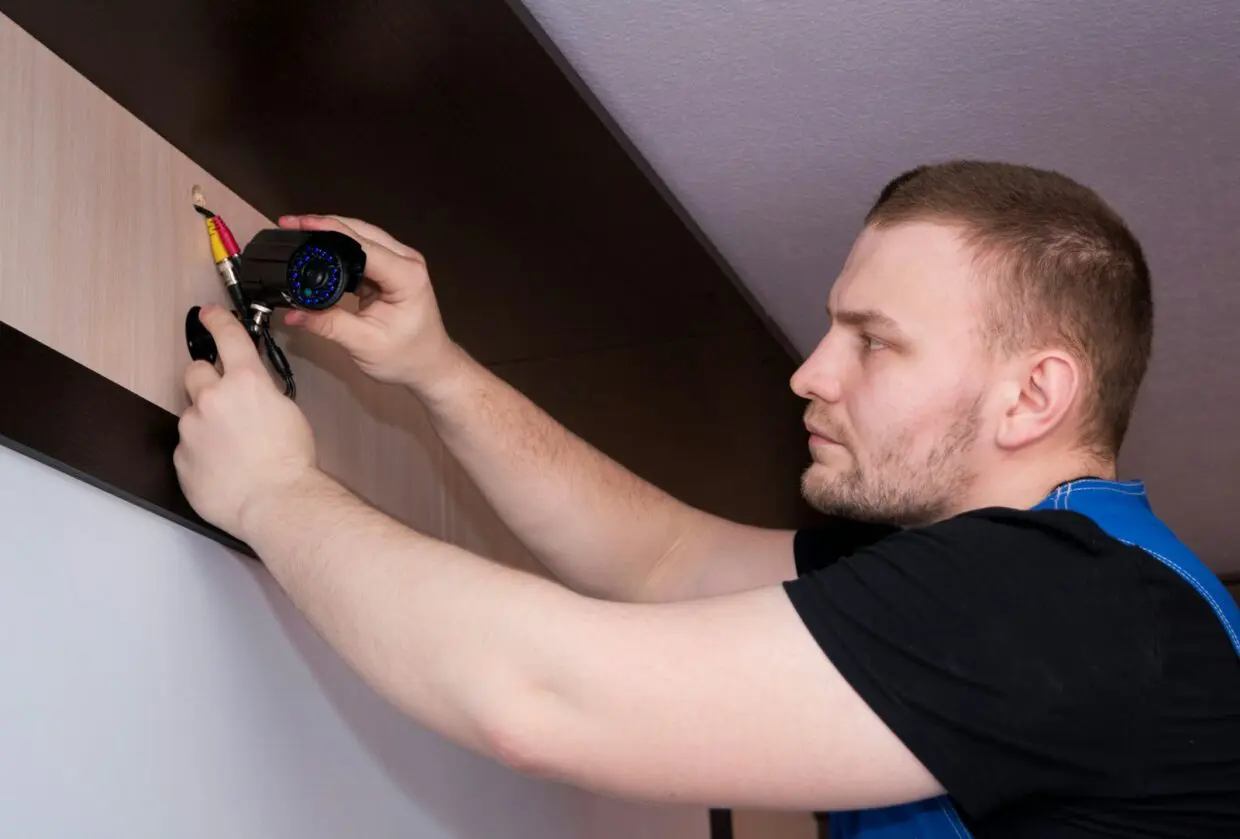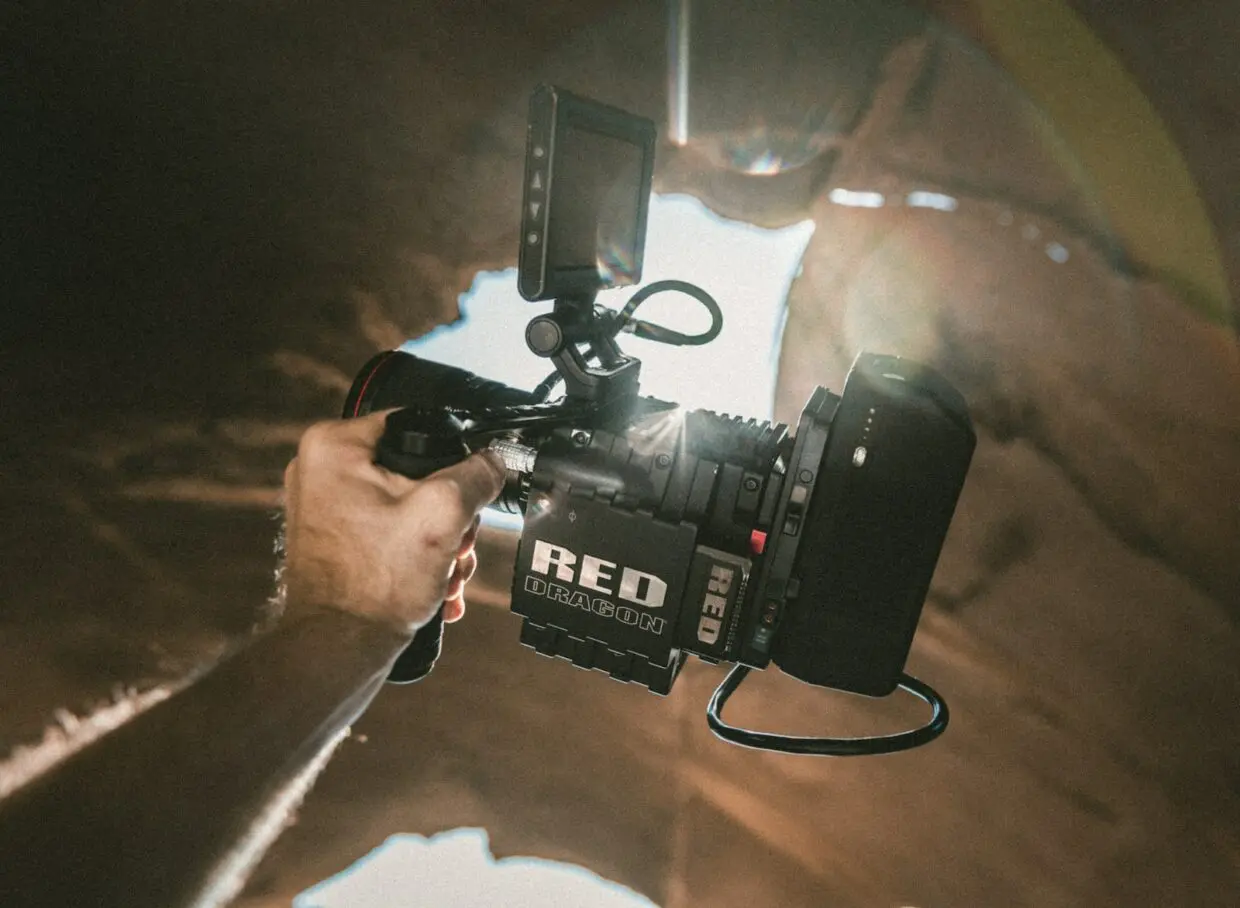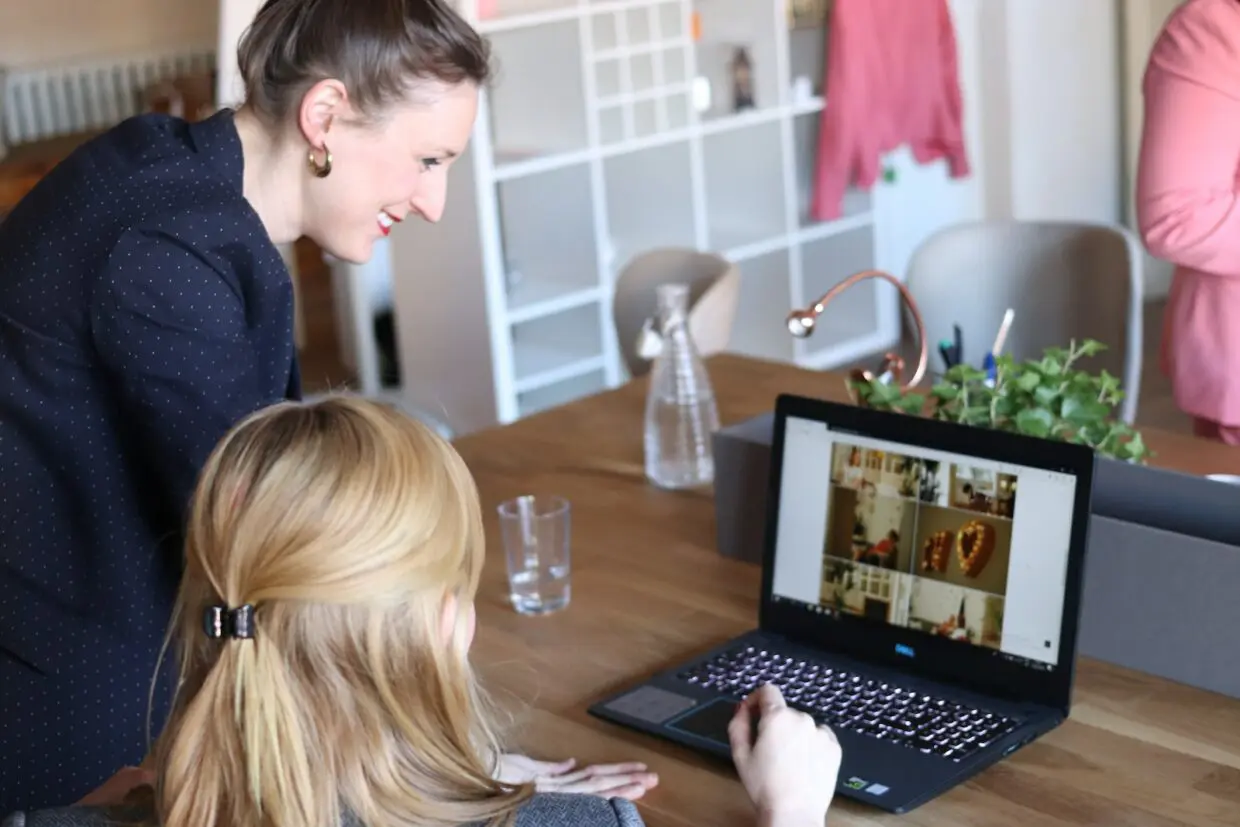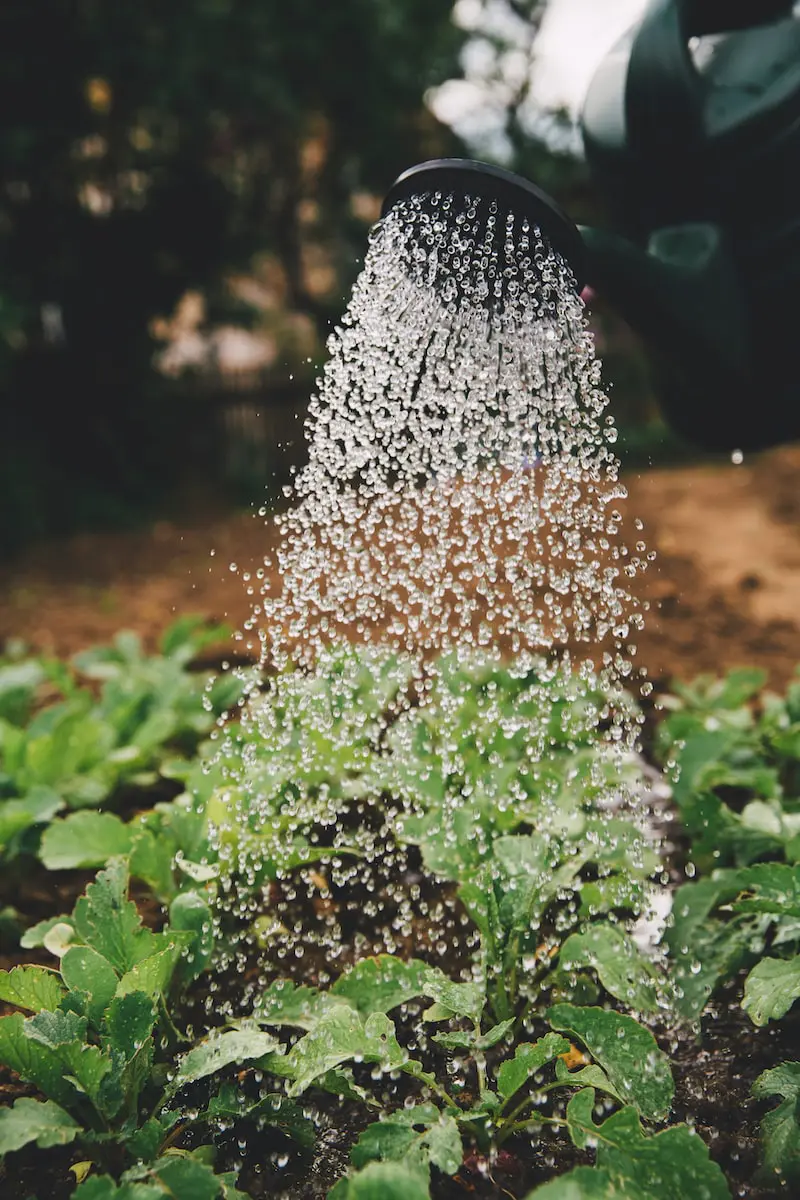GIB fixers are skilled professionals responsible for installing GIB boards, also known as plasterboard or drywall, in construction and renovation projects.
Their expertise lies in properly fixing GIB boards to walls and ceilings to create smooth and seamless surfaces.
In this guide, we’ll explore the essential skills, techniques, and tools used by GIB fixers to ensure quality results.
Skills and Qualifications
To become a GIB fixer, individuals need a combination of practical skills and theoretical knowledge.
These include proficiency in measuring, cutting, and installing GIB boards, as well as an understanding of building codes and safety regulations.
Many GIB fixers undergo formal training programs and obtain certifications to demonstrate their competency in the field.
Understanding GIB Boards
GIB boards are gypsum-based panels used for interior wall and ceiling construction.
They come in various types and sizes, including standard boards for general use, fire-resistant boards for added safety, and moisture-resistant boards for wet areas like bathrooms and kitchens.
Understanding the properties and applications of different GIB boards is essential for GIB fixers to select the right materials for each project.
Tools and Equipment
GIB fixers rely on a range of tools and equipment to complete their work efficiently and accurately.
Basic tools such as measuring tape, utility knives, and screwdrivers are used for cutting and installing GIB boards, while specialized equipment like screw guns, taping knives, and corner rollers help achieve professional results.
Having the right tools ensures GIB fixers can tackle a variety of tasks with precision and ease.
Preparation for GIB Fixing
Before starting any GIB fixing project, GIB fixers must prepare the work area thoroughly.
This includes clearing the space of debris, ensuring the walls and ceilings are clean and dry, and marking out the layout for GIB board installation.
Accurate measurement and cutting of GIB boards are essential to ensure they fit snugly and evenly against walls and ceilings.
GIB Fixing Techniques
GIB fixers use a variety of techniques to attach GIB boards to walls and ceilings securely.
This involves fastening the boards with screws or nails at regular intervals, ensuring they are aligned correctly and spaced evenly.
GIB fixers also use specialized techniques to secure joints and corners, such as taping and applying joint compound for a smooth and seamless finish.
Surface Finishing
Once the GIB boards are installed, GIB fixers focus on finishing the surfaces to create a seamless look.
This involves taping the joints between GIB boards with specialized joint tape and applying multiple layers of joint compound to fill any gaps or imperfections.
Sanding and smoothing the surfaces afterward ensure a uniform and professional finish ready for painting or wallpapering.
Troubleshooting Common Issues
Despite careful preparation and execution, GIB fixing projects may encounter common issues such as uneven surfaces or damaged boards.
GIB fixers are trained to troubleshoot these issues effectively, whether it’s sanding down uneven spots or replacing damaged boards to ensure the quality of the finished product.
Safety Considerations
Safety is paramount in the construction industry, and GIB fixers take precautions to protect themselves and others on the job.
This includes wearing appropriate safety gear such as gloves, goggles, and dust masks to prevent injuries from sharp edges and dust inhalation.
Following safety protocols and guidelines helps GIB fixers work safely and efficiently.
Hiring GIB Fixers
While DIY GIB fixing is possible for some projects, hiring professional GIB fixers offers several advantages.
Professional fixers have the experience, skills, and equipment to tackle complex projects efficiently and ensure high-quality results.
When hiring GIB fixers, it’s essential to research their qualifications, experience, and reputation to choose a reliable and reputable company for your project.






